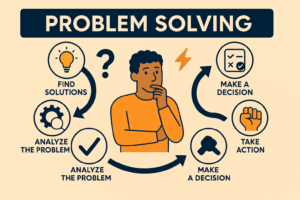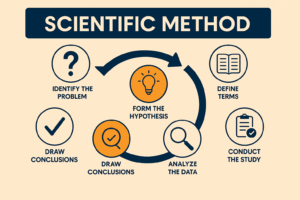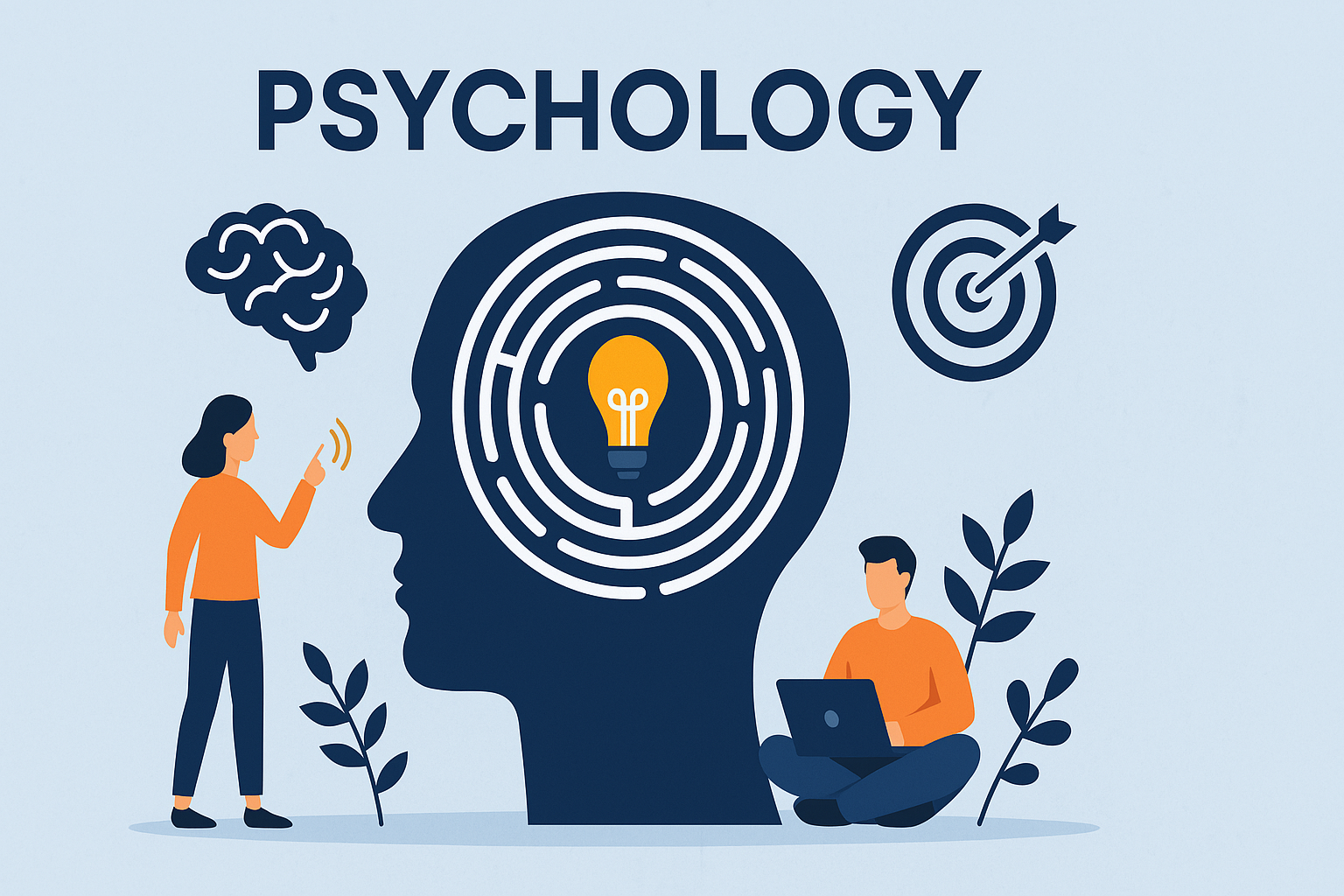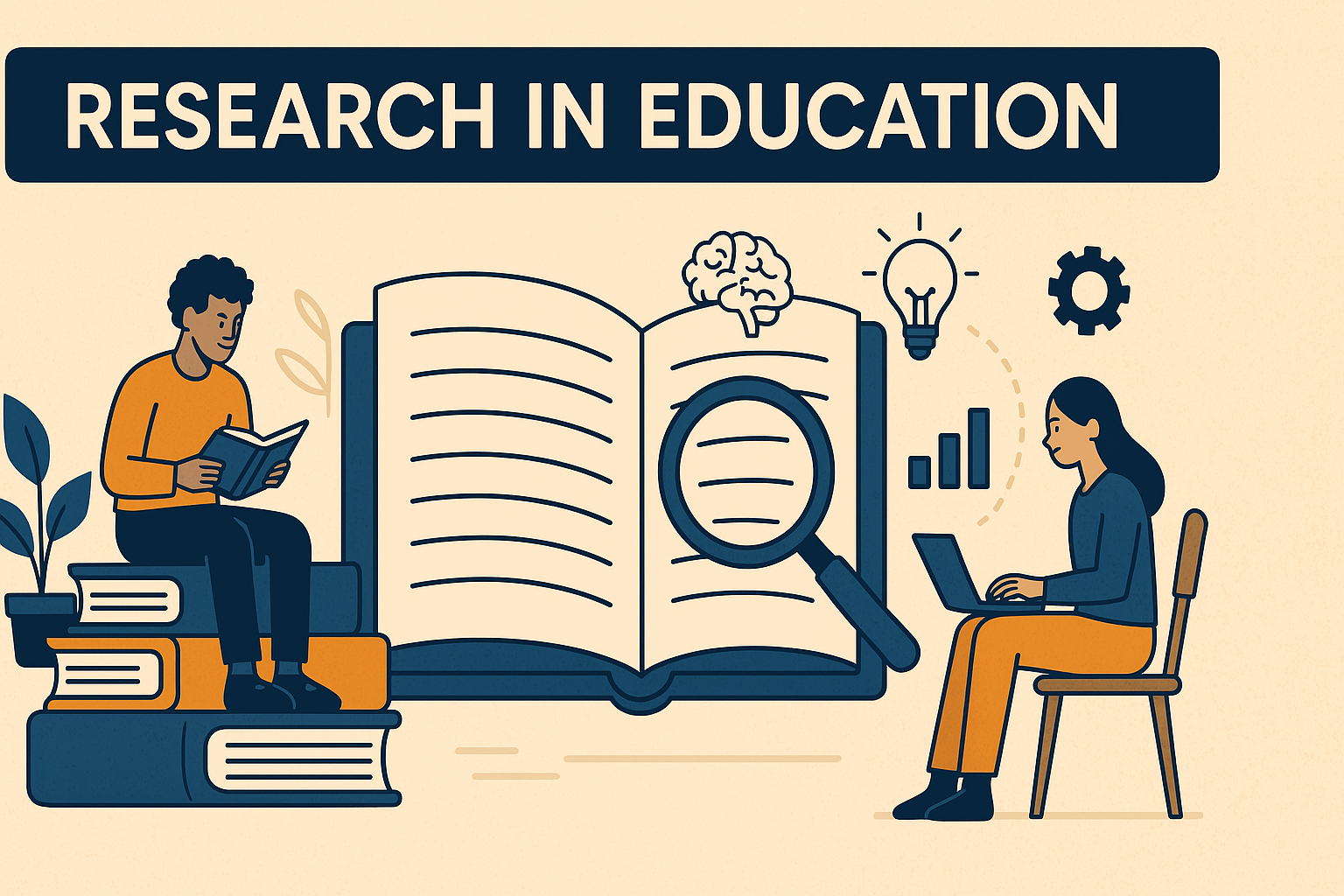Introduction
Research in education often begins with curiosity, and that curiosity needs structure. Therefore, scholars turn to the scientific method. This method gives a logical path for understanding problems and finding answers. Though simple in layout, each step holds deep significance.
To begin with, researchers must clearly define the problem. Not every question fits into this system. So, moral topics like justice or ethics lie outside its scope. Still, for practical matters, it remains extremely effective.
Next comes the hypothesis. That is a tentative answer, built on earlier studies and theories. By crafting a solid hypothesis, the researcher sets the stage for clearer investigation. After that, defining all the terms becomes crucial. Without clear definitions, confusion can cloud the research.
Then, the study begins. Researchers gather data through literature reviews, direct observation, or controlled experiments. They must ensure their methods suit the research purpose. Moreover, the data must focus on specific variables and avoid unnecessary distraction.

Once the data is collected, analysis starts. Here, the chosen method depends on the data type. Some studies require mathematical models. Others need narrative interpretation. Furthermore, a single data set may demand several methods. That’s why researchers must analyze everything with care.
After that, it’s time for conclusions. Researchers interpret findings and ask new questions. For example, they examine how data links back to the original problem. If relationships appear strong, they explore generalization. If patterns seem weak, they revise the theory or create a new one. Thus, conclusions help refine existing knowledge.
However, the process doesn’t always run smoothly. Sometimes, unanswered questions remain. In that case, the cycle starts again. Fortunately, repetition sharpens insight.
Choosing the right problem matters a lot. So, a student should select one tied to personal or professional goals. If a future teacher studies adolescent development, that choice brings both relevance and growth. Besides, research connected to real-life roles often leads to greater motivation.
Moreover, the problem must hold significance. Projects should aim to improve educational methods or contribute meaningfully. Resources play a role too. Libraries must offer the necessary books and journals. Similarly, strong guidance from faculty improves outcomes.
A researcher needs certain skills. These include planning, data collection, and interpretation. In addition, statistical knowledge helps make sense of findings. And of course, time affects progress. A rushed project may lack depth, so researchers must plan accordingly.
Access to data must be ensured. In schools, permission is often needed for tests, observations, or interviews. Ignoring this step causes delays or rejection. Also, risks and costs may occur. Sometimes, these are personal or financial. But being aware early helps avoid trouble later.
Steps of the Scientific Method
Research in education often relies on structure. One strong method used by scholars is the scientific method. This process offers a clear path to investigate and understand complex educational issues. Although it seems simple, each step matters deeply.
Step 1: Identifying the Problem
To begin, researchers must identify the problem. They need to ask themselves if the scientific method can solve it. This method works best for questions with measurable answers. However, not all problems qualify. For instance, it cannot tell us if freedom is better than slavery. Similarly, it cannot decide whether sex education belongs in school curriculum. Such questions need moral judgments. So, they fall outside the method’s reach.
Step 2: Forming the Hypothesis
After spotting the problem, the second step involves proposing a hypothesis. That’s a smart guess made using all available information. Researchers depend on past studies and trusted theories. This helps them outline a likely solution. When this step is done well, it sets up the entire study. Without a strong hypothesis, the research may wander off-course.
Step 3: Defining Terms Clearly
Now comes the third step—defining all terms used in the study. This step may seem boring, but it prevents confusion. Each term needs to be explained so readers know exactly what’s being studied. If researchers skip this step, misunderstandings happen. Therefore, clarity helps build a solid foundation.
Step 4: Conducting the Study
Next, researchers must gather information. They do this through observations, reviews, or direct experiments. During this step, they stay focused on variables that matter. To get accurate results, they control outside factors. Often, researchers dig into past studies. At other times, they conduct fresh experiments. Whatever method is used, it must suit the research problem.
Step 5: Analyzing the Data
Once enough data is collected, the fifth step begins—analysis. This step turns raw data into useful results. Depending on what type of data they have, researchers choose a fitting analysis method. Sometimes they use statistics. Other times, they look for patterns in text or behavior. In some cases, more than one analysis is needed. This allows them to see different angles. Every piece of data must be checked carefully. That’s why this step takes time and care.
Step 6: Drawing Conclusions
Finally, researchers move to the last step—drawing conclusions. They look at their findings and ask tough questions. Do the results match the original problem? What kind of relationships show up between variables? Can these results apply to other settings or people? Do current theories need updates? Should new ones be created? These questions shape the final interpretation. They also reveal how strong or weak the study truly is.
At this stage, more questions often arise. When that happens, researchers may return to earlier steps. They test again. They refine their work. This cycle builds deeper understanding. As James R. Craig and Leroy P. Metze (1986) pointed out, researchers must connect facts in meaningful ways. Only then can knowledge grow.

Necessary Competency
Before starting a research project, one must think about personal capability. Without the right skills, the study may fall apart. So, the researcher should know how to create, manage, and analyze tools for gathering data. If not, confusion might slow things down.
In addition, every method must match the research goal. If someone chooses tools carelessly, the outcome may lack value. Thus, selecting devices and procedures wisely makes a huge difference.
Besides that, the researcher should understand basic statistics. This helps them evaluate numbers properly. Without such knowledge, they may misread results or draw weak conclusions. Therefore, having a solid grip on statistical techniques becomes essential.
Time also matters greatly. While some studies require weeks, others take months. So, planning must include realistic deadlines. If the researcher rushes, quality might suffer. On the other hand, stretching the project too long may weaken interest or relevance.
Hence, keeping balance in time, skills, and tools ensures smoother progress. And every step should lead the researcher closer to useful answers.
Availability of the Data
Along with skills and time, access to data is also crucial. Many research topics depend on permissions. Without approval, the study might not even begin. That’s why securing access in advance is important.
For example, school research often needs green lights from principals or administrators. Whether giving tests to students or interviewing teachers, rules apply. Also, observations in classrooms require official clearance. If researchers ignore this, they may face rejection or delays.
Sometimes, researchers distribute questionnaires or conduct case studies. These steps involve handling sensitive information. So, extra care must be taken. Moreover, permissions protect both students and researchers legally.
Besides official consent, practical challenges may arise. Some institutions limit what can be shared. Others ask for extra paperwork. That’s why knowing the protocol early on saves trouble later.
Now, let’s talk about risks and costs. According to V. Good, some research decisions come with hidden issues. These could be financial penalties, personal stress, or academic setbacks. Therefore, selecting a safe and practical topic is wise.
Occasionally, topics sound exciting but carry consequences. For instance, interviewing hospital staff may involve ethical concerns. Also, some groups resist external observation. In such cases, risks outweigh benefits. So, thinking ahead keeps the research secure.
Further, developing certain problems may need extra expenses. Some equipment costs too much. Other studies require travel or high-tech labs. So, budget matters just as much as time and skill.
Hence, balancing ambition with realism leads to smoother execution. The researcher should weigh benefits against risks. And they must ask: “Is this worth the effort?”
Ultimately, good research isn’t just about big ideas. It’s also about making sure those ideas can be studied practically. When researchers prepare wisely, their work brings valuable results.

